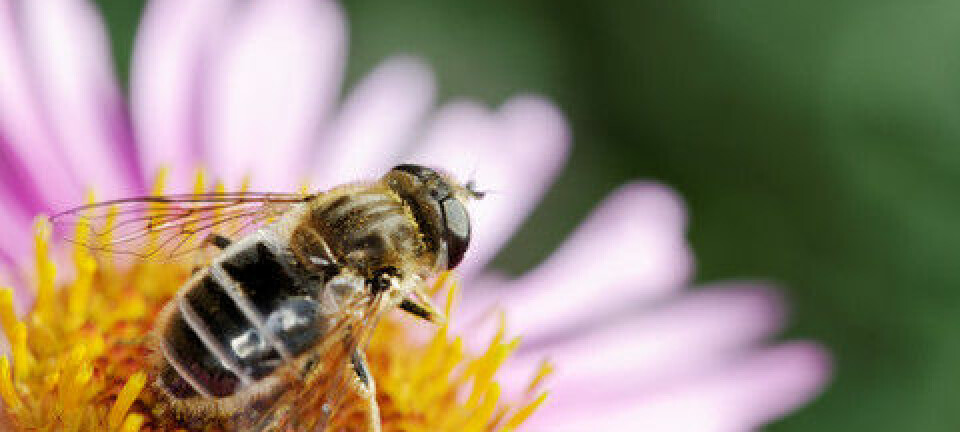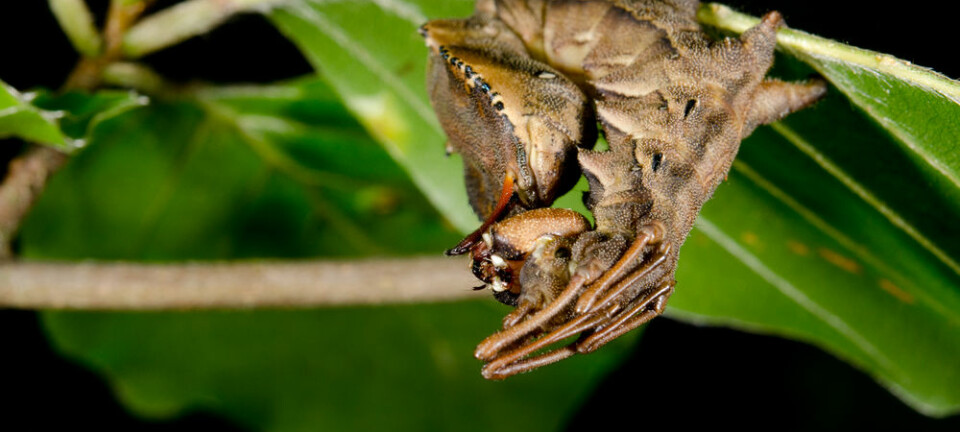Bumblebees show social learning
VIDEO: When one bumblebee learned to get hold of the sugar water it taught others the trick.
In the beginning of an experiment, some bumblebees were allowed to taste a sucrose solution in the middle of a blue plastic artificial flower. This taught them that it was a source of food.
Then scientists placed a small transparent Plexiglass table above the blue discs and the insects had to learn how to pull them out from under by tugging on an attached string. They learned this too.
A second group of bumblebees were given a chance to solve this IQ test without having first tasted the sugar water. Only two out of 110 managed to get at the sweet reward.
What surprised the scientists was when untrained bumblebees, referred to as naïve individuals, were allowed to observe their skilled sisters in action.
Impressive creature
The naïve bees watched through a glass window as the skilled ones roped in the blue discs and drank the sugar water. When they were let in to the covered discs, 60 percent could repeat the trick they had seen performed by their tutors.
“The bumblebee is an impressive creature, and in this study we have demonstrated that it is astute at learning,” says Associate Professor Eirik Søvik at Volda University College, who participated in the research project along with English and Chinese colleagues at Queen Mary University of London.
“The bumblebee has a brain that generally functions in the same way as in humans,” he says on Volda University College’s home page.
A single trained individual was enough to get an entire colony to learn the art of foraging in this novel way. The skill lived on, even after the first innovative individual was no longer available. Observers became the new teachers.
“Certain flowers are hard to pollinate. If individual bumblebees can be taught to do it they can pass their knowledge on to others. Such cultural learning amongst bumblebees can be useful in the cultivation of various crops,” says Søvik.
Here is a slightly longer clip from the bumblebee test. (Video: Alem et al.):
--------------------------------------
Read the Norwegian version of this article at forskning.no
Translated by: Glenn Ostling
































